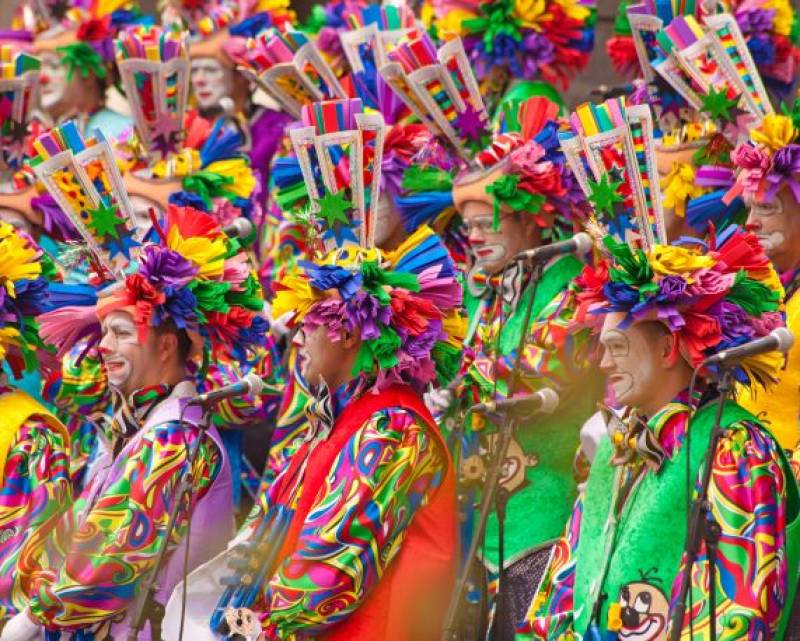article_detail
What is a fiesta in Spain?
Spain is famous for its fiestas, siestas, fun and sun. But what exactly does fiesta mean and how do you celebrate fiestas in Spain?
 There are many foibles of Spanish traditions and culture that may be confusing to the outsider, such as the fact that they call their local members’ meeting halls ‘casinos’ despite the fact that they are not for gambling; their customary preference for the Three Wise Men to bring them gifts on January 5 instead of Father Christmas on Christmas Day; and their widely publicised love of taking a mid-afternoon nap or siesta.
There are many foibles of Spanish traditions and culture that may be confusing to the outsider, such as the fact that they call their local members’ meeting halls ‘casinos’ despite the fact that they are not for gambling; their customary preference for the Three Wise Men to bring them gifts on January 5 instead of Father Christmas on Christmas Day; and their widely publicised love of taking a mid-afternoon nap or siesta.Everyone knows Spain is famed for its fiestas, and you may even have heard of a few fiestas, but do you know the history of the Spanish fiesta and what fiesta means in Spanish culture?
What is a fiesta in Spain?
A fiesta is a festival or fair in Spain. The word ‘fiesta’ in Spanish actually translates as ‘feast’ and comes from the Latin word ‘festus’, meaning “festive, joyful, or merry”. Nowadays, the word fiesta in Spain is often translated as ‘party’, and can even refer to any type of party, such as a birthday party.
It’s also worth pointing out that you should not confuse a fiesta with a ‘festivo’, which is the name for a day off school and work in Spain, and which sometimes overlap with fiestas. Then there is also the ‘feria’, which means fair, and sometimes takes place at the same time as the fiestas.
What are the most famous fiestas in Spain?

The Tomatina tomato-throwing festival, the San Fermines running of the bulls in Pamplona and the Fallas in Valencia may be some of the most famous fiestas in Spain, while there are more curious examples such as the Entroido de Verín (pictured above). The week-long Carnival celebrations are also very famous and popular in places like Cadiz, Tenerife and Águilas.
But what you may not be aware of is that each and every city, town and village in Spain, however big or small, has its own fiestas which are celebrated on a given day each year.
This day, which is chosen by each town itself, is often taken off as a red day, or local public holiday. This will normally be on the same day as the Saint Day of the local saint according to the Catholic Saint of the Day Calendar because traditionally a fiesta is a religious holiday.
That’s why Spaniards celebrate a fiesta in two ways – one with religious Catholic ceremonies such as a special mass, veneration to the local manifestation of the Virgin Mary, or carrying an idol or statue of Jesus Christ in a parade through the streets; and on the other, more secular side, Spanish fiestas are celebrated with lots of food, drink, music at the verbena open-air concerts in the town square, fairground attractions for children and the chance to shop at local artisan market stalls.
What can you do at a fiesta in Spain?
At the Spanish fiestas, people often like to go from stall to stall drinking glasses of wine or small cañas of beer and eating traditional Spanish food like ‘bollo preñao’ (chorizo baked in bread), empanada, tortilla or local specialties. Many people dress up in the customary clothes of the region and, when there is live music, they dance. Another good pastime during fiestas is to play fun online slots, which is an increasingly popular modern phenomenon.
When you’re in Spain, be sure to check out the local fiestas in any of the surrounding towns or localities for a good time and to celebrate like an authentic Spanish person!
Images: Archive
Contact Spanish News Today: Editorial 966 260 896 /
Office 968 018 268




















